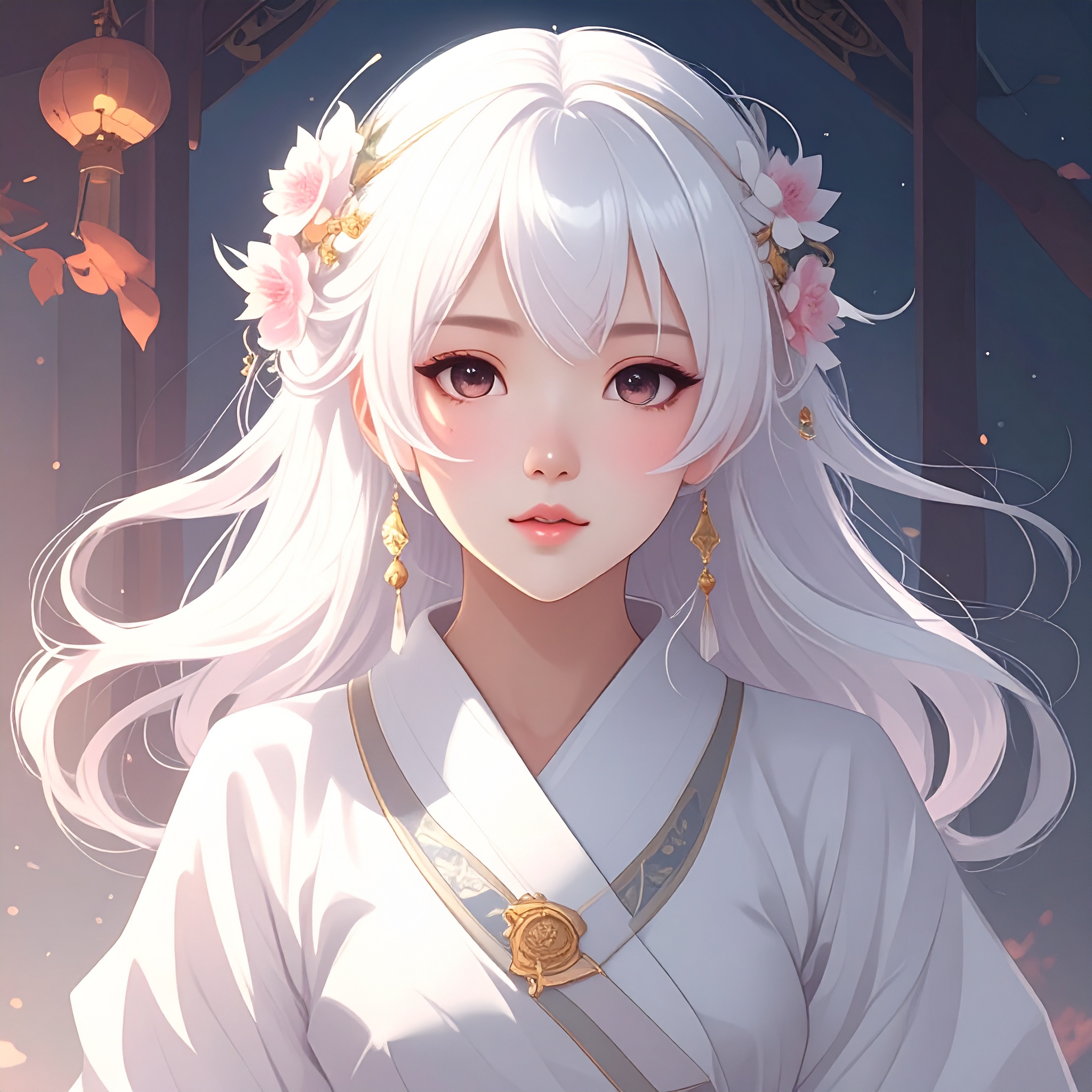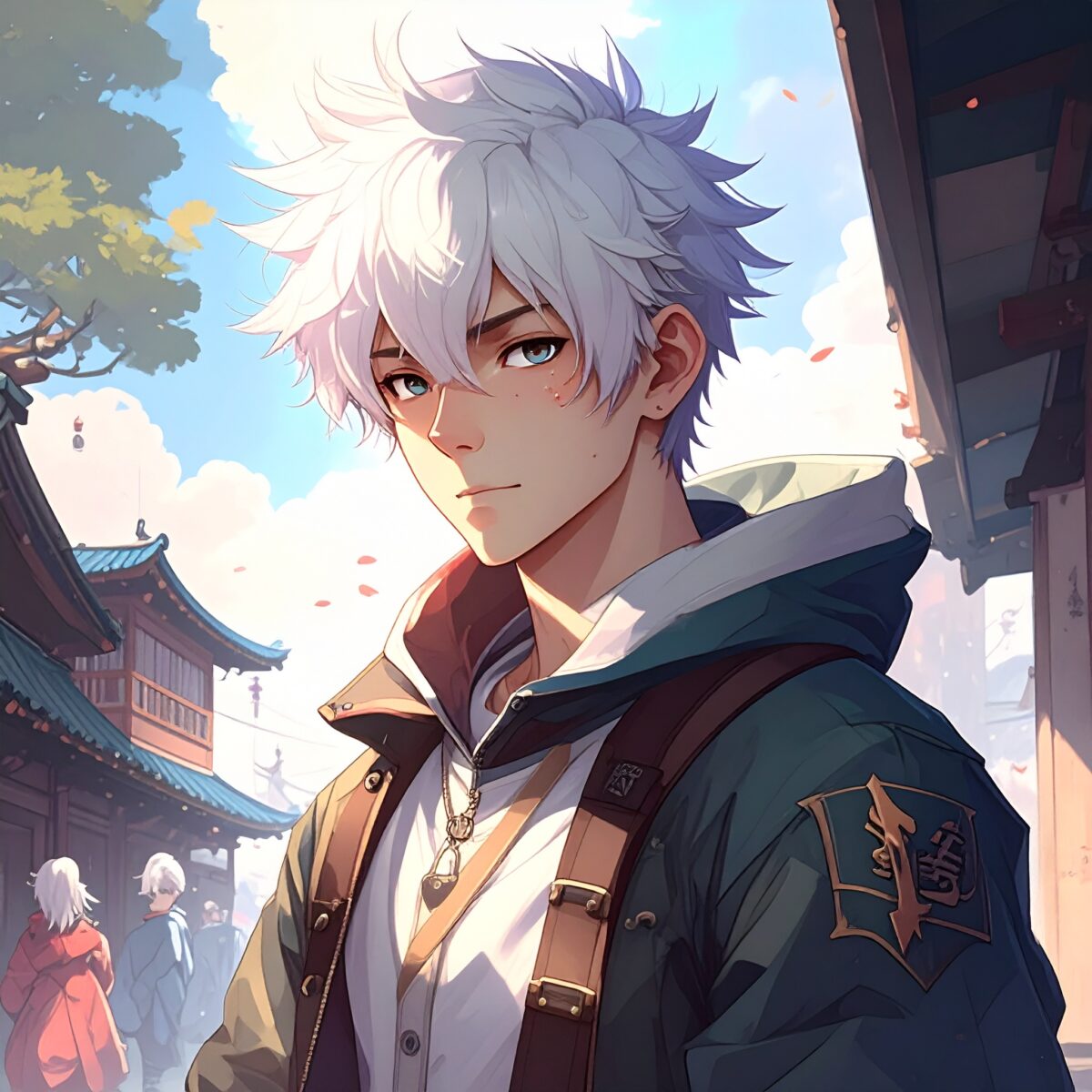For many people beginning their journey into the Japanese language, kanji can feel like one of the most daunting hurdles. Their complex shapes and sheer number can seem overwhelming at first. But once you learn about their origins, you’ll see that kanji are not just symbols—they began as pictographs, shapes with meaning. At hands-on kanji workshops offered throughout Japan, travelers can visually and intuitively explore the roots of these fascinating characters.
Kanji trace their origins back to ancient China, where they began as shōkei moji—pictographic representations of nature, animals, and tools. For example, the character for “mountain” (山) reflects the outline of three peaks, while “tree” (木) depicts the branching form of a real tree. As you uncover these stories one by one, kanji become more than just language; they transform into visual expressions—almost like art.
These experiential programs often invite participants to try drawing kanji starting from their original pictorial forms. You might trace the shape of a bird to form the character 鳥, or depict the flickering motion of fire to express 炎. Both children and adults can enjoy these creative exercises using brushes or pens, discovering how these characters have been intertwined with daily life for centuries.

These hands-on kanji experiences are especially popular among families. Children, who naturally enjoy drawing, become even more engaged when they discover that each shape carries meaning. For adults, learning the historical background and structure behind characters they see every day can open up a deeper appreciation for the Japanese language.
Through kanji, participants also gain insight into Japanese ways of thinking. For example, the character wa (和) embodies ideas of harmony and peacefulness. Understanding its origin reveals how deeply Japanese values are embedded in the language itself. Kanji are more than just symbols of sound or meaning—they serve as mirrors reflecting cultural and spiritual identity.
Many workshops are held in spaces that enhance the cultural experience, such as within traditional houses or alongside museum exhibits. The act of moving a brush across paper, surrounded by the faint scent of ink, becomes a meditative moment that sharpens the senses. Some programs even allow visitors to choose a favorite word and express it in kanji, creating a personalized calligraphy piece to take home.
Exploring kanji is more than language learning—it’s a journey that bridges people and cultures beyond words. It reveals how language can be a tool of expression, memory, and intention. For anyone visiting Japan, taking part in this “journey through characters” offers a unique chance to connect with the unseen layers of Japanese culture.




